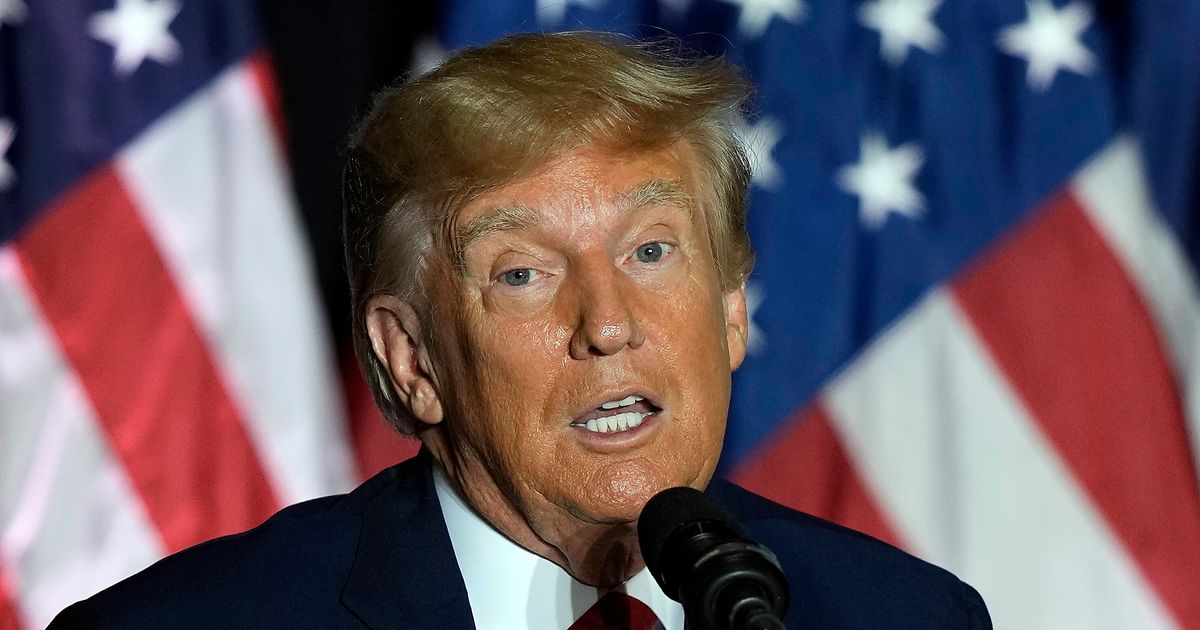2023-11-09 09:52:12
Israel-Hamas War: The Two-State Solution Explained
US secretary of state Antony Blinken has called for both Israelis and Palestinians to work towards a two-state solution in the Middle East. In a recent press conference, Blinken emphasized the need to start a conversation about the future, rather than after the war.
The two-state solution aims to create separate states for Israelis and Palestinians, allowing them to live side by side with equal measures of security, freedom, opportunity, and dignity.
 Heartbreaking Tragedy Unveiled: The Solemn Image of Eight-Year-Old Victim from Wimbledon School Incident
Heartbreaking Tragedy Unveiled: The Solemn Image of Eight-Year-Old Victim from Wimbledon School IncidentSimilar suggestions have been made by US President Joe Biden, UK Prime Minister Rishi Sunak, the European Council, and Pope Francis.
The recent conflict between Israel and Palestinian militants, known as Hamas, has resulted in a significant loss of life. According to Tel Aviv, 1,400 people were killed and over 200 were taken hostage. The local health ministry reports that more than 10,000 people have been killed. Disturbingly, this conflict has become the deadliest for children in modern times, with about 100 children dying every day according to the UN.
What is the two-state solution?
The two-state solution is an old idea that seeks to divide the disputed land into separate states for Israelis and Palestinians. This concept dates back to the early 20th Century, when both Jews and Arabs claimed the land, then known as Palestine, as their own.
Various agreements and mandates have been proposed throughout history, including Britain's promise of Arab independence and support for a national home for Jewish people in Palestine. However, the implementation of a two-state solution has faced challenges and obstacles.
Why was the two-state solution rejected?
There are several significant problems that have hindered the two-state solution.
 Is Jennifer Garner Bringing Elektra to Life Once More in Deadpool 3?
Is Jennifer Garner Bringing Elektra to Life Once More in Deadpool 3?One major issue is the dispute over land boundaries and the presence of Israeli settlements in the West Bank. Some argue that these settlements need to be withdrawn for a Palestinian state to be established, while others disagree due to logistical and ideological challenges. Border disputes related to the Six-Day War and the pre-1948 setup have also caused difficulties.
Efforts to negotiate a solution, such as the Oslo Accords in 1993, have faced setbacks and outbreaks of violence. The recent proposals by Donald Trump's administration, which favored Israel's interests, further complicated the situation and were rejected by the Palestinians.

What about the Oslo Accords?
The Oslo Accords of 1993, facilitated by the US, aimed to resolve the Israeli-Palestinian crisis. These negotiations led to the recognition of the Palestine Liberation Organisation (PLO) by Israel and the establishment of the Palestinian Authority. However, remaining issues, such as the status of Jerusalem and Israel's withdrawal from the West Bank, remained unresolved.
 Discover: 5 Unexpected Causes Behind Your Missed Period (And They're Not Pregnancy!)
Discover: 5 Unexpected Causes Behind Your Missed Period (And They're Not Pregnancy!)
Subsequent attempts to negotiate a resolution, such as those led by Bill Clinton in 2000, were hindered by outbreaks of violence and political unrest. The election of Hamas and opposing views on the two-state solution have further complicated the path towards peace.
The attitudes of leaders in Palestine and Israel regarding the two-state solution vary. Palestinian Authority President Mahmoud Abbas has accused Israel of undermining the two-state solution, while Israeli President Benjamin Netanyahu has expressed opposition to an independent Palestinian state. Public opinion among Israelis and Palestinians has also shifted, with some supporting and others rejecting the two-state solution.
If you would like to know other articles similar to Understanding the Two-State Solution in the Israel-Hamas War updated this year 2024 you can visit the category UK News.



Leave a Reply